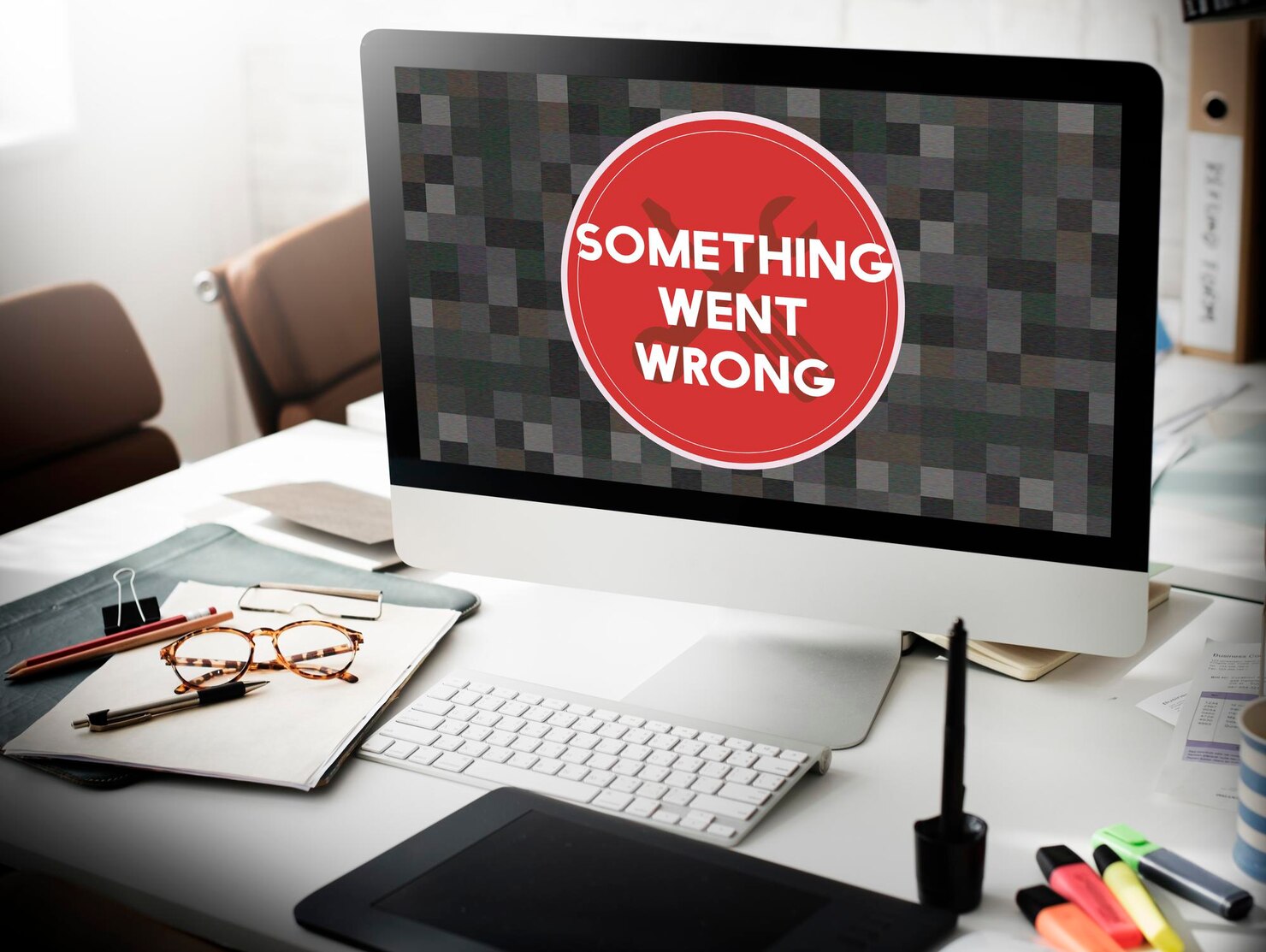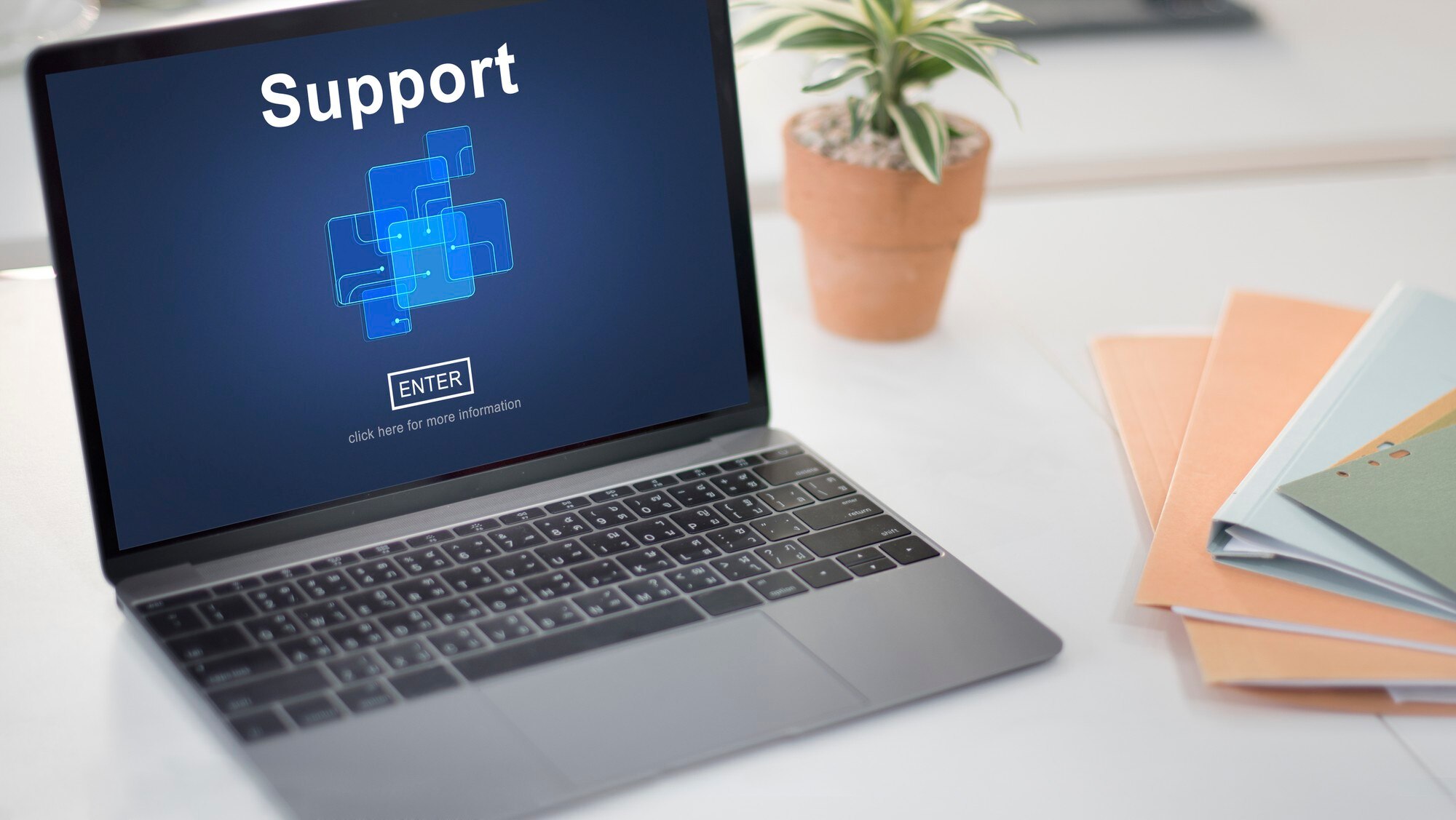Creating a robust WordPress disaster recovery plan is essential to safeguarding your site from unexpected outages, data loss, and security breaches. By implementing regular backups, a comprehensive recovery strategy, and proactive monitoring, you can ensure your website’s resilience and minimize downtime in the face of any crisis.

A comprehensive WordPress disaster recovery plan isn’t just a precaution; it’s a necessity. Imagine your WordPress site, which you’ve painstakingly built and nurtured, suddenly going offline due to a cyber attack, server failure, or even a simple human error. The fallout can be devastating—lost data, broken links, and frustrated visitors. Without a solid disaster recovery plan, recovering from such setbacks can be a time-consuming and costly endeavor.
A disaster recovery plan ensures that you can quickly restore your WordPress site to full functionality, minimizing downtime and preserving your reputation. In this guide, we’ll walk you through the essential steps to creating a robust WordPress disaster recovery plan.
From regular backups and security measures to emergency protocols and data restoration, we’ll equip you with the tools and knowledge to safeguard your site against the unexpected. Whether you’re a seasoned WordPress administrator or a novice site owner, the insights shared here will empower you to prepare for the worst while hoping for the best.
What is disaster recovery? Why is it important?
Disaster recovery (DR) refers to the strategies and processes used to restore critical systems and data after a disruptive event, such as a cyberattack, hardware failure, or natural disaster. In the context of WordPress, disaster recovery planning involves measures to quickly recover a website to its operational state following an incident.
This includes:
- creating regular backups,
- establishing a clear recovery protocol,
- and implementing failover mechanisms.
The importance of WordPress disaster recovery lies in minimizing downtime and data loss, preserving website functionality, and protecting the site’s reputation. Effective DR planning ensures business continuity, safeguarding against revenue loss and maintaining user trust by enabling rapid restoration of website services.
Assessing Your WordPress Site
Let’s go over how to assess your WordPress site so that you know how to prepare your WordPress disaster recovery plan.

Inventory of Critical Components
First of all, you need to take inventory of all critical components of your website. This involves cataloging the core elements that constitute the site’s functionality and user experience. Start with identifying the WordPress version, as well as any themes and plugins in use, noting their versions and sources. Include:
- custom code,
- configurations,
- and settings that are pivotal for the site’s operation.
Inventory must also cover the database, detailing its structure, content, and the hosting environment, such as server configurations and backups. Document all integrations, such as APIs or external services, along with credentials and access points. Lastly, consider user roles and permissions to ensure secure access management.
This comprehensive inventory facilitates quicker restoration and minimizes downtime by providing a clear roadmap of what needs to be restored and in what sequence.
Understanding Potential Risks
Another critical step is to understand all potential risks that your WordPress website could face such as hackers, viruses, and bots. It is crucial to understand these risks to help you safeguard data integrity and defend against cyber threats.
Begin by identifying vulnerabilities within the WordPress core, themes, and plugins, as outdated or poorly coded components can be exploited by attackers. Assess the hosting provider environment for security measures such as firewalls, SSL certificates, and backup solutions that protect against unauthorized access and data loss.
Examine user roles and permissions to prevent privilege escalation and ensure that only authorized personnel can make critical changes. Evaluate the risk of cyber threats like malware, DDoS attacks, and phishing schemes, which can compromise sensitive information and disrupt site operations.
By thoroughly understanding these risks, you can implement proactive measures to mitigate potential damage and ensure the resilience of your WordPress website in the face of adverse events.
Do you want to check the health of your website?

Backing Up Your WordPress Site
Also, you should develop a backup strategy for your WordPress site. Backups safeguard your site’s integrity by ensuring that all vital components, including posts, pages, and especially media files, are preserved. Implementing a robust backup storage system guarantees that, in the event of a catastrophic failure or data loss, you have a reliable method to initiate a swift restore process.
This is essential to restore your site completely to its prior state, minimizing downtime and protecting your content from permanent loss. An effective backup strategy not only enhances security but also provides peace of mind, knowing that every element of your site, from media files to complex configurations, can be retrieved and reinstated efficiently.
Preparing for Common Disasters
Let’s see how you can prepare your website for common disasters.

Protecting Against Hacks
Firstly, protecting against hackers is critical: use strong, unique passwords, enable two-factor authentication, and limit login attempts to prevent brute-force attacks. Regularly update WordPress core, themes, and plugins to patch vulnerabilities. The next thing you can do is use a WordPress security plugin like WordFence. WordFence serves as a firewall and a malware scanner.
Backup your site frequently, storing copies both on-site and off-site, to ensure quick recovery from data loss or corruption. Additionally, use reliable hosting with robust security protocols and consider a content delivery network (CDN) for improved security and performance.
Implementing these practices can significantly mitigate risks from common disasters, including hacking attempts, server failures, or accidental data loss.
Handling Server Failures
You need to have a system in place for handling server failures, this involves planning and implementation of reliable strategies. Firstly, ensure your web hosting provider offers high uptime guarantees and has a reputation for reliable server infrastructure. Utilize a content delivery network (CDN) to distribute your site’s content across multiple servers globally, enhancing redundancy and load-balancing capabilities.
Implement regular backups of your WordPress site and database, storing copies on both local and remote servers or cloud storage services. Consider setting up automated monitoring tools to promptly detect server issues and enable notifications for immediate response.
Lastly, maintain a disaster recovery plan outlining steps for restoring your site from backups and minimizing downtime in the event of a server failure. By adopting these measures, you can fortify your WordPress site against server failures and maintain continuity of service for your users.

Mitigating Human Errors
Developing a website, growing your website, and making any changes you have to account for human errors. You need to find a way to mitigate human error so that they don’t run a huge cost to your overall business and don’t create a ton of downtime for your site.
You can begin by implementing standardized procedures and checklists to guide the evaluation process, ensuring consistent and thorough assessments. Consider using automated tools and plugins to monitor website health and detect vulnerabilities, reducing reliance on manual oversight.
Regularly back up your site and verify the integrity of these backups to safeguard against data loss. Educate and train your team on best practices for website management and security, fostering a culture of vigilance and competency.
Additionally, role-based access controls should be employed to minimize the risk of unauthorized changes and maintain detailed logs of site modifications to trace and rectify any inadvertent errors swiftly.
By addressing these human factors proactively, you can establish a robust foundation for disaster recovery and maintain the resilience of your WordPress site.
Creating a Recovery Procedure
Now we can finally move on to the topic of creating a recovery procedure for your WordPress site.
Defining Recovery Roles and Responsibilities
Defining recovery roles and responsibilities is essential when creating a disaster recovery plan for a WordPress website. Clearly delineate the roles to ensure that each team member knows their specific tasks and accountabilities during a crisis.
Assign a disaster recovery lead who will oversee the execution of the plan, coordinate efforts, and communicate with stakeholders. Designate individuals responsible for data restoration, server configuration, and website functionality, ensuring that these roles are staffed by personnel with appropriate expertise.
Establish a communication manager to handle internal updates and external communications, maintaining transparency with users and stakeholders. Include a security officer to address potential breaches and ensure compliance with data protection regulations.
Document these roles in the recovery plan, provide training, and conduct regular drills to ensure readiness and a swift, organized response to any incident affecting the WordPress site. This structured approach minimizes confusion, accelerates recovery efforts, and helps maintain business continuity.

Developing a Step-by-Step Recovery Plan
The next step is to create a step-by-step recovery plan for your WordPress website if something does happen. Some things that should be included in your plan:
- Establish a routine backup schedule using reliable plugins or services, ensuring backups are stored both locally and offsite. Document the process for restoring backups, including how to access them, the order of restoration steps, and troubleshooting common issues.
- Prepare a comprehensive contact list of key personnel, including hosting support and your web developer, for swift communication during emergencies.
- Develop clear protocols for responding to various scenarios, such as downtime, data breaches, or malware infections.
- Regularly test your recovery plan by simulating different failure situations to identify weaknesses and make improvements.
- Finally, keep your plan updated with the latest security practices and technological advancements to ensure your website’s resilience in the face of unforeseen challenges.
Establishing Communication Protocols
You also want to establish clear communication protocols between site owners, developers, shareholders, etc. This way when you do experience a site breakdown, it’s clear on who contacts who and when. You want to ensure a coordinated and timely response when issues arise.
A detailed contact list with phone numbers, emails, and instant messaging handles is essential. Also, specify the preferred method of communication for various scenarios. Regularly updating this contact list and ensuring everyone involved is aware of and agrees to their responsibilities helps prevent confusion during a crisis.
Additionally, it’s important to establish protocols for the escalation process. This means defining how issues should be reported initially, how they should be escalated if not resolved promptly, and who has the authority to make critical decisions.
For example, minor technical issues might be reported directly to the development team. Meanwhile, significant security breaches could require immediate notification to senior management or the site owner.
A well-defined escalation path ensures that problems are addressed by the right people quickly and efficiently, minimizing downtime and potential damage. Moreover, incorporating periodic communication drills and post-incident reviews can help refine these protocols over time. Therefore, ensuring they remain effective and relevant as the WordPress site evolves.

Maintaining and Updating Your disaster recovery solution
Now it’s time to maintain and update your disaster recovery plan along with your WordPress website. You can get help with updating and maintaining your WordPress site, by investing in unlimited support services. As your site evolves with updates, new content, and additional features, your disaster recovery plan must be updated accordingly to address new vulnerabilities and ensure swift restoration in the event of a failure.
Regular maintenance, such as updating plugins and themes, monitoring security, and optimizing performance, is essential to minimize risks and maintain the integrity of your site. To effectively manage these tasks and keep your website running smoothly, consider investing in professional support services.
These services provide expertise in maintaining WordPress sites, ensuring that your site remains secure, functional, and compliant with best practices, which in turn complements and reinforces your disaster recovery strategy.

TL;DR: Recapping how to create a WordPress disaster recovery plan
Let’s recap how to create a WordPress website disaster recovery plan. Creating a WordPress disaster recovery plan isn’t just a technical necessity—it’s a fundamental aspect of safeguarding your digital presence and ensuring business continuity. By meticulously preparing for potential threats, you can minimize downtime and data loss, maintaining the trust of your users and the integrity of your online operations.
Here’s a quick recap of the essential steps for building a robust WordPress disaster recovery plan:
- Inventory of Critical Components: Identify and document all crucial elements of your WordPress setup, including themes, plugins, and databases.
- Understanding Potential Risks: Assess various threats, from cyber-attacks to server failures, that could impact your site.
- Having a Backup Strategy: Implement a comprehensive backup solution that covers all aspects of your site and ensures regular backup tests.
- Defining Recovery Roles and Responsibilities: Assign clear roles and responsibilities within your team to execute the recovery procedure efficiently.
- Developing a Step-by-Step Recovery Plan: Create a detailed plan outlining the steps to recover your site from different types of disasters.
- Establishing Communication Protocols: Set up communication channels and protocols to keep your team and stakeholders informed during recovery.
By following these steps, you’ll be well-prepared to handle any unexpected disruptions, ensuring your WordPress site remains resilient in the face of adversity.
Need assistance with your WordPress disaster recovery or have other website concerns? Drop us a line and take advantage of our unlimited WordPress support services! Let our experts help you secure your site and keep your digital presence running smoothly.
Comments